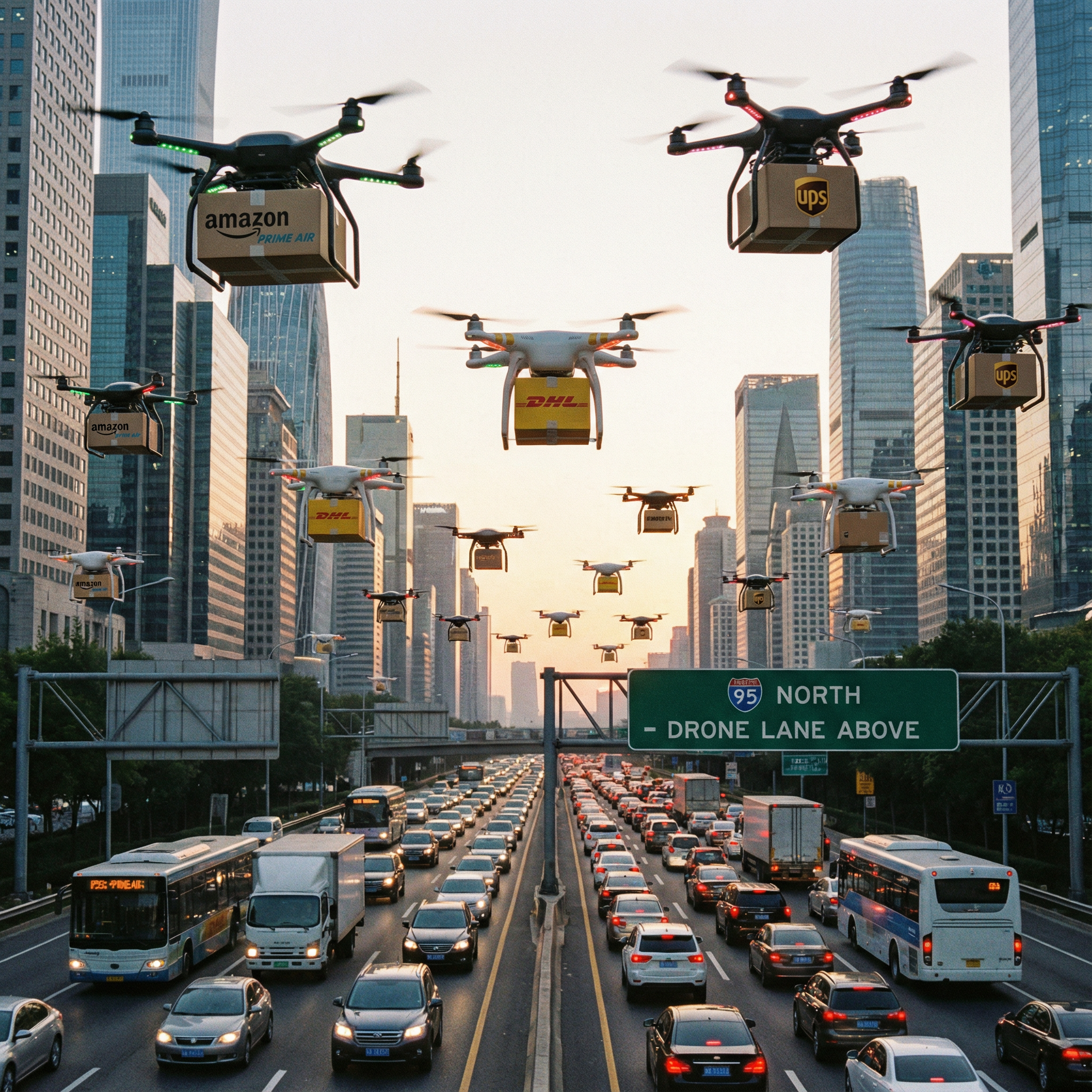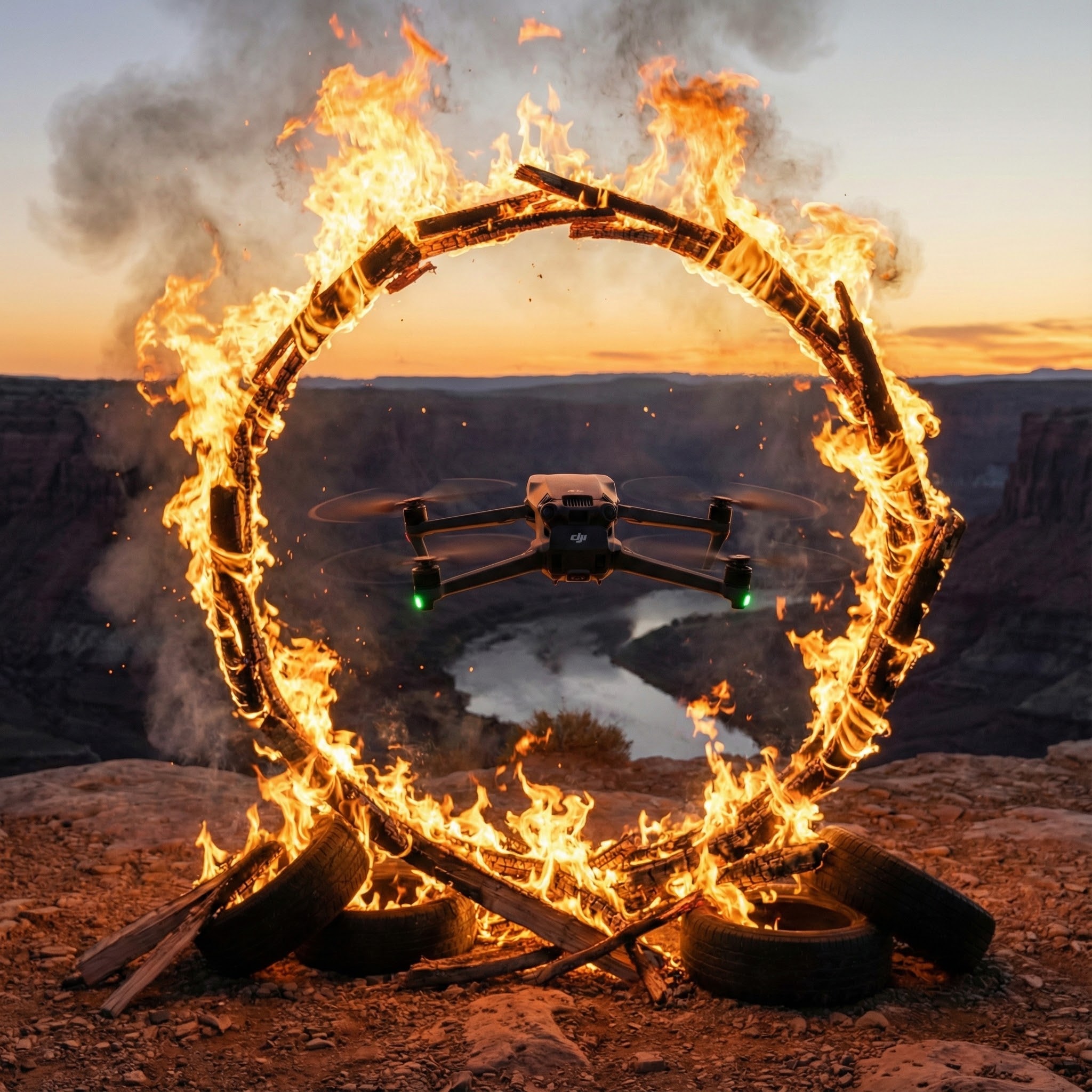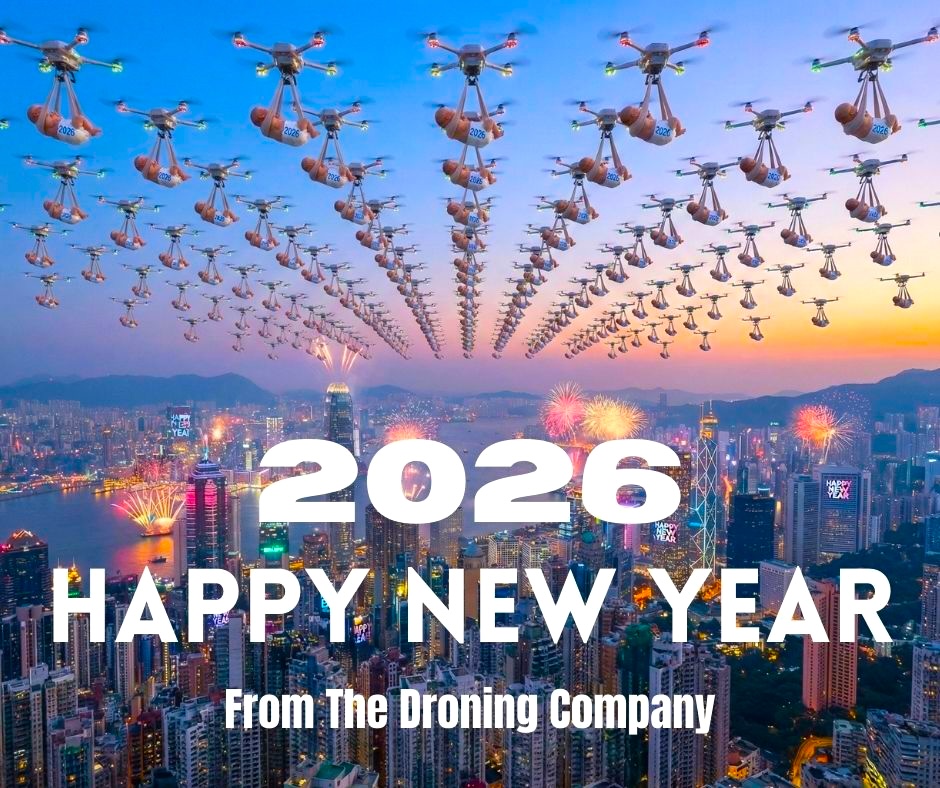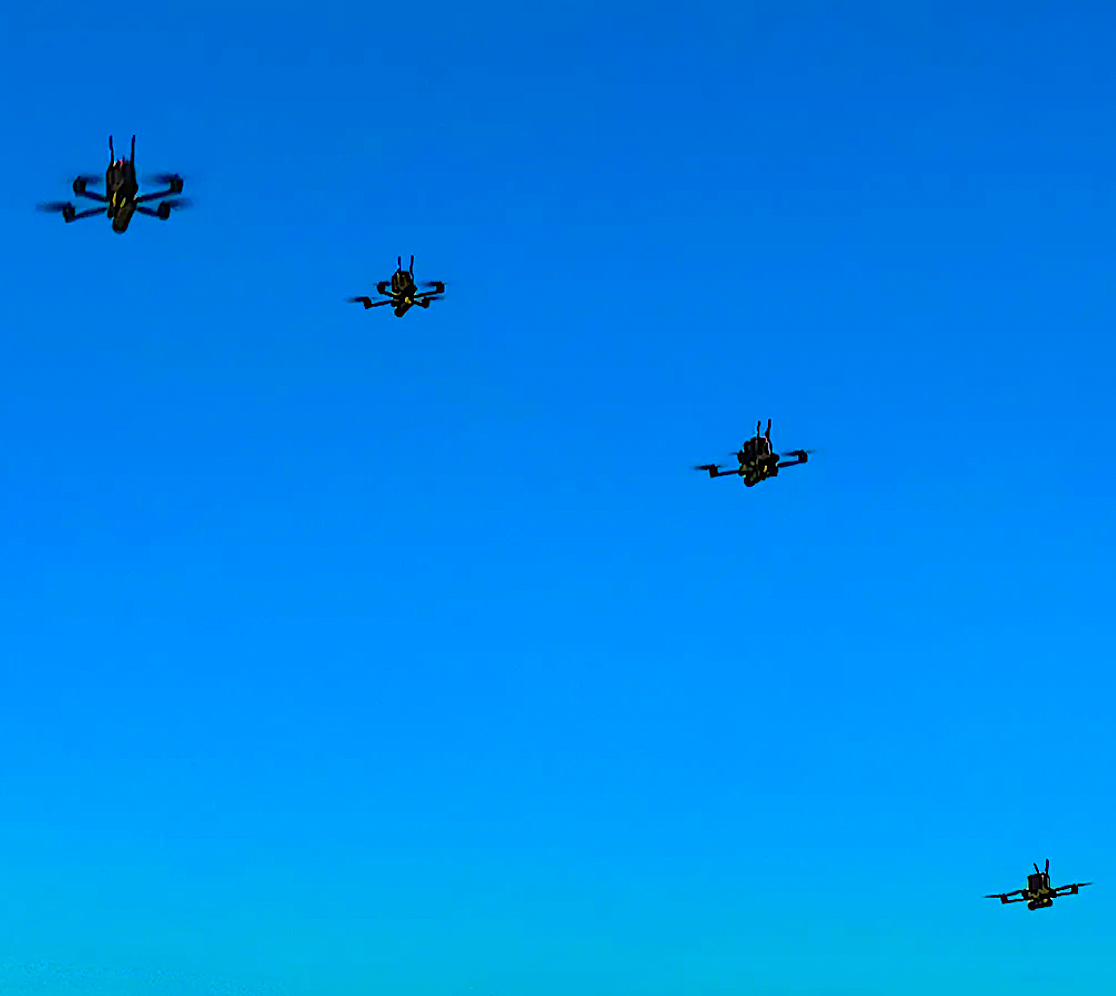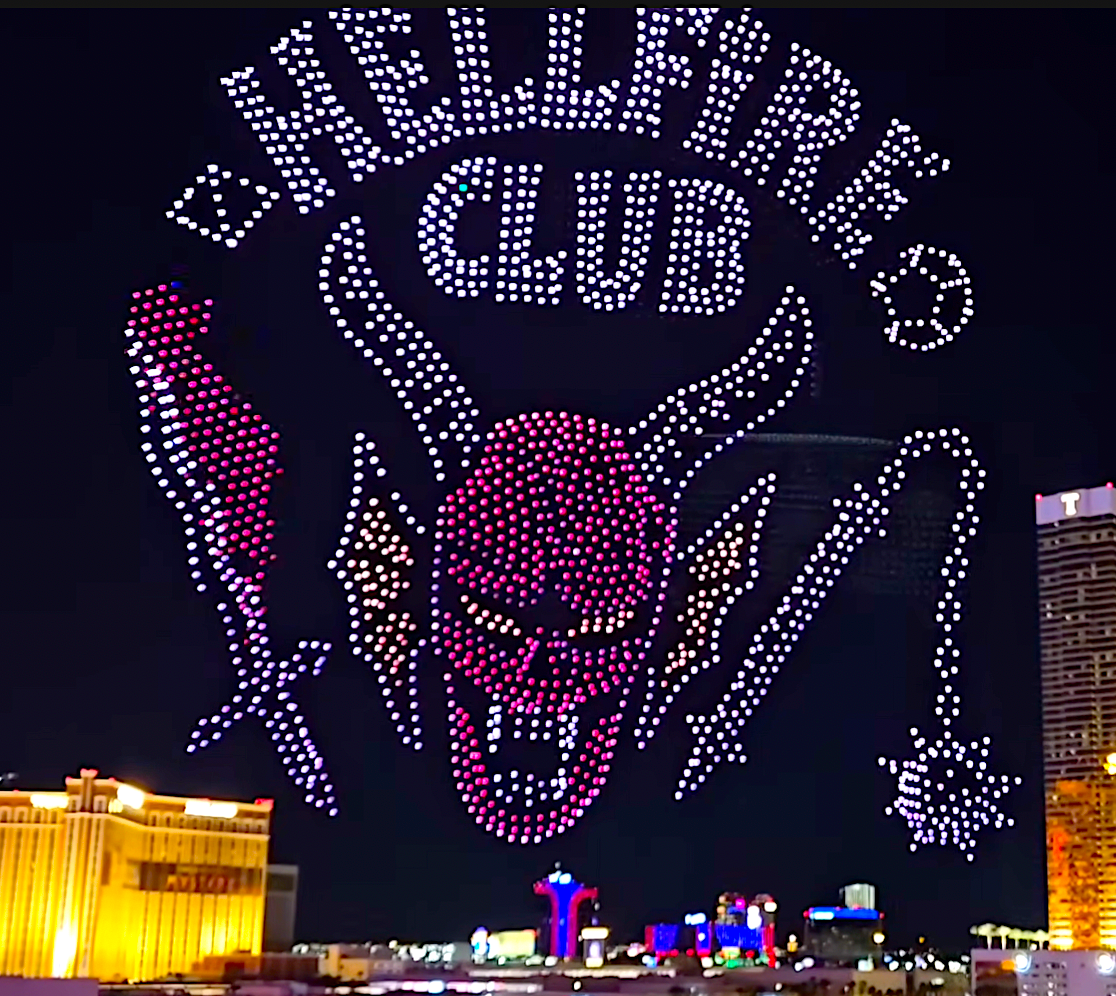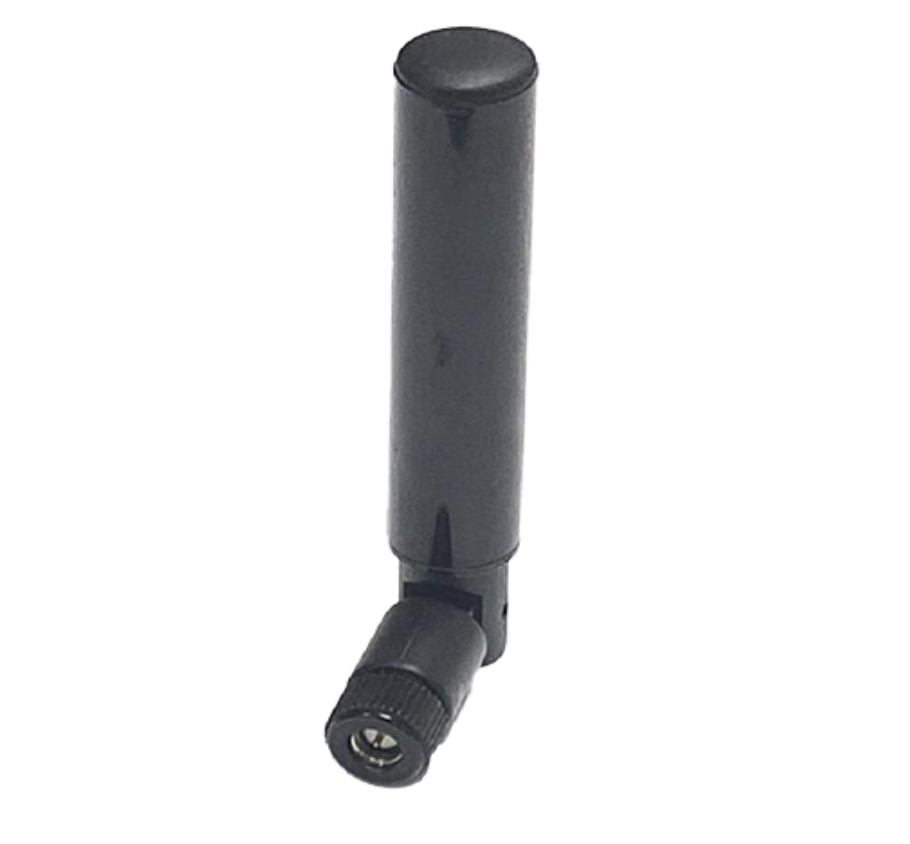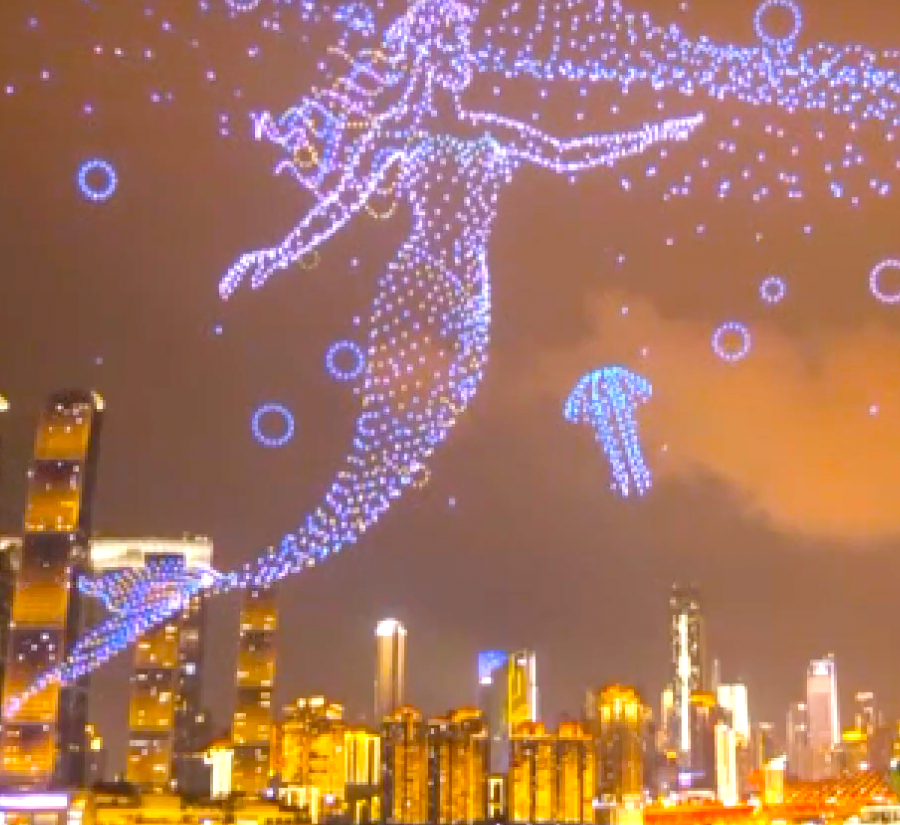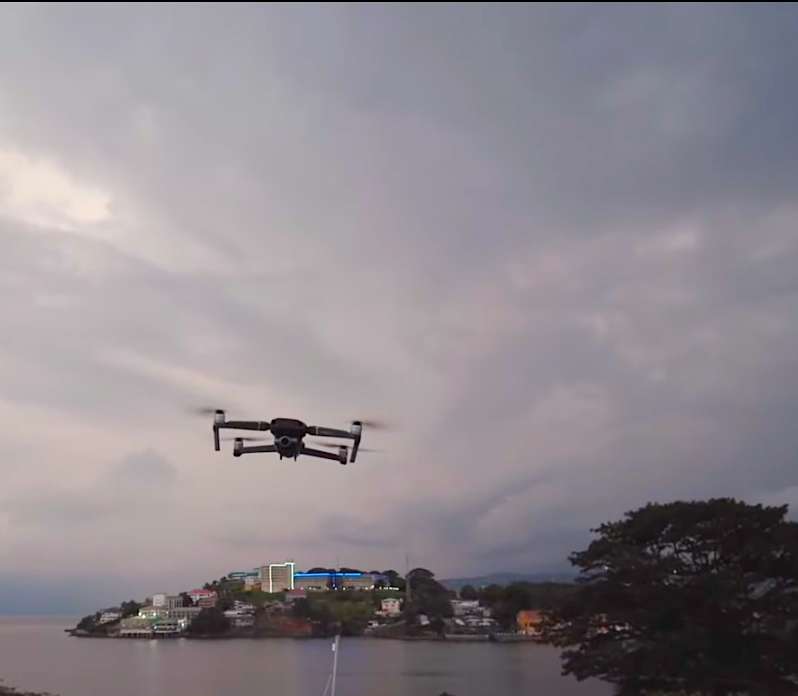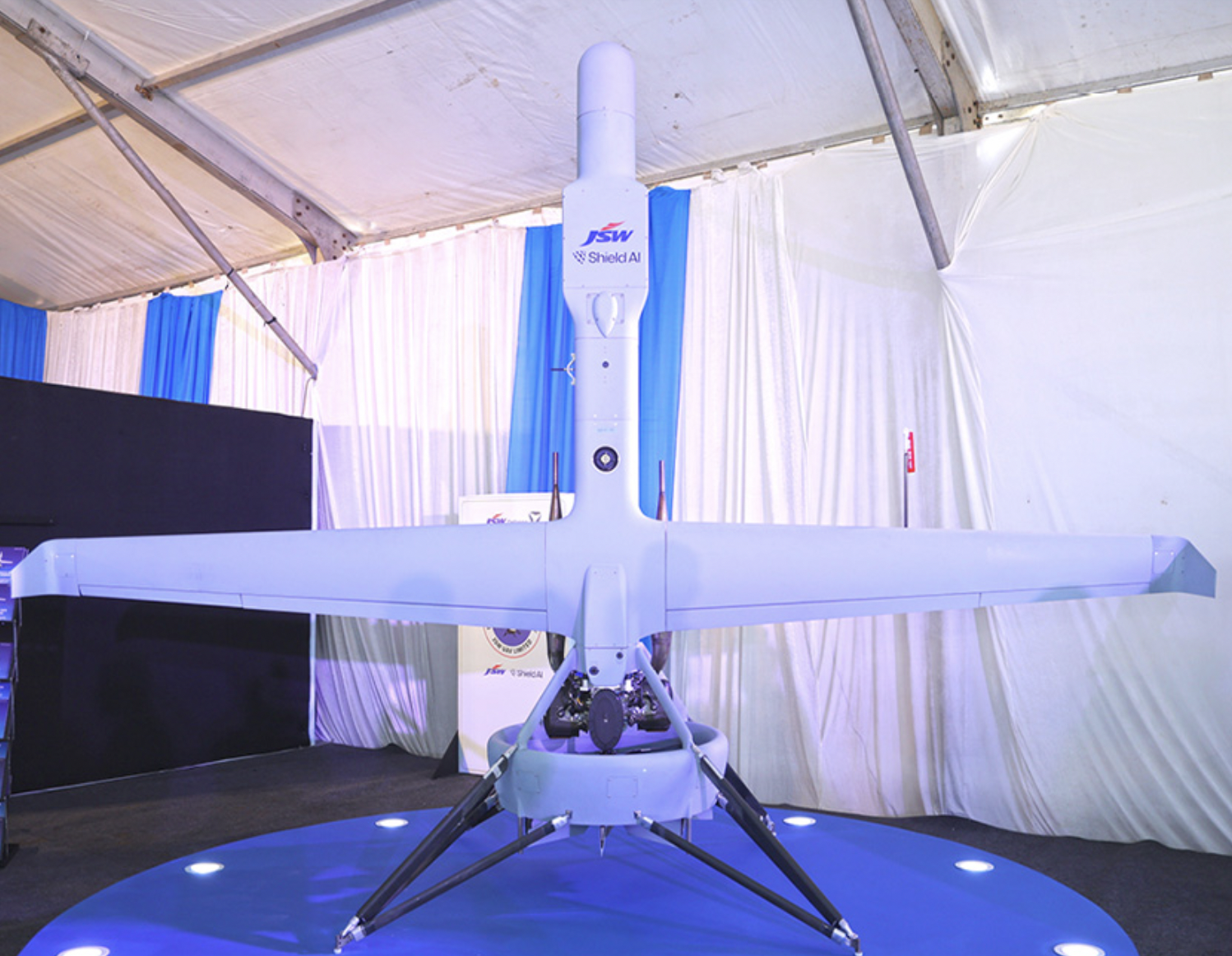Featured NewsTrending NewsTactical and Law EnforcementSanta Monica Police Department's Drone Officer
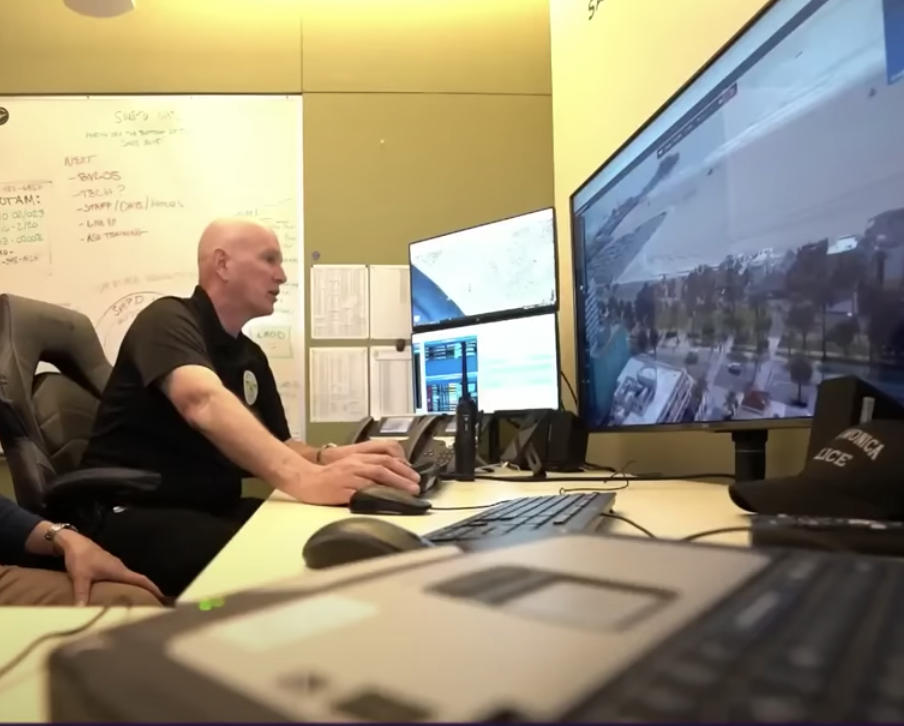
07 July 2023
The Santa Monica Police Department is deploying a $12,000 drone as a quick-response, emergency "officer."
Speedier than Steve McQueen's iconic 1968 Ford Mustang GT 390 Fastback in the film Bullitt, the drone officer can zip across the town in 2.5 minutes.
The police drone—which is on call 40 hours each week from a launchpad atop the Santa Monica Public Safety Facility—has been a member of the force since the SMPD established its drone program six years ago, but its duties were recently upgraded from pure reconnaissance to first responder. In fact, a 911 call placed in the city from 10 am to 8 pm Wednesday through Saturday is likely to be answered by the drone—which is piloted by a sworn officer who is backed up by a non-sworn "observer" pilot who watches the drone throughout its mission.
As of November 2021, the airborne officer was even given a new official title—Drone First Reponder (DFR)—as it can reach an emergency scene before conventional police vehicles get to the location.
“The concept is you have something similar to a helicopter, with traditional air support,” said Cpt. Saul Rodriguez. “The person who operates the drone has the ability to monitor radio calls, and they can hop on calls whenever they feel like, ‘Hey, I think I can answer this with a UAS.' The pilot is able to navigate the drone to where it needs to go.”
Not surprisingly, privacy concerns over the program have come up, as a DFR could conceivably be used to monitor private citizens.
“We do not use this for random patrolling,” said SMPD Officer Peter Lashley, a police drone operator. “I don’t just go up and look for something—although, in some instances, the drone may be sent out on patrol. Say we had a specific parking structure where we’re constantly having vehicle burglaries—there may be a periodic check. But that’s a documented call where I’m specifically going to that because of crime trends, calls for service, and whatnot.”
In addition, one of the jobs of the non-sworn observer is to offer civilian oversight for the DFR. Furthermore, the FAA has stringent and complex rules for drone programs such as Santa Monica's DFR. (Chula Vista, San Diego, also has had a DFR program since 2018.)
The non-sworn observer has other jobs, as well, in addition to monitoring the drone from the roof of the SMPD facility. The DFR has a battery life of 30 minutes, so the observer must ensure that dozens of batteries are fully charged and ready to be swapped. Typically, the DFR is flown back to base every 25 minutes to have its ebbing batteries replaced with fresh ones. The department maintains enough batteries to keep the DFR airborne for 24 hours in case of an emergency—although the "patrol rounds" are usually eight-hour shifts.
In practice, the SMPD has discovered that an extremely benefit of the DFR is de-escalation.
"A frantic 911 call from a witness could include misinformation that could put officers as well as suspects in danger," explains Lashley. "The DFR can arrive at a call and assess danger while officers are still en route in patrol vehicles. That way, they’ll know the precise location of any suspects and ascertain if there are any weapons, so officers know what situation they’re walking into. It allows them to de-escalate, to power down, and approach the situation from hearing a veteran officer giving them information, rather than it coming from a random source.
The SMPD had just such a situation when a 911 reported teenagers waving handguns. Responding to a possible firearms threat is a serious concern for police officers and the public, but the DFR was able to immediately deliver surveillance footage that identified weapons as BB guns. The police response was therefore managed accordingly, given the DFR data, and a possible deadly force situation for the officers heading to the scene was avoided—although the incident was still approached as a serious threat. (The teens allegedly had tended to point the BB guns at people.)
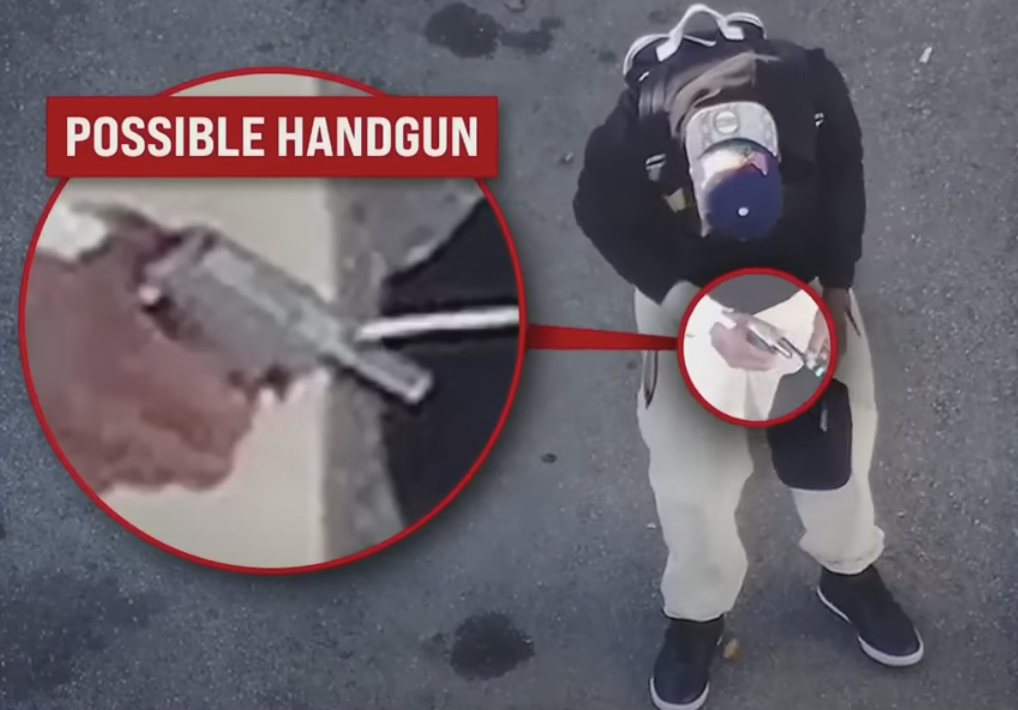
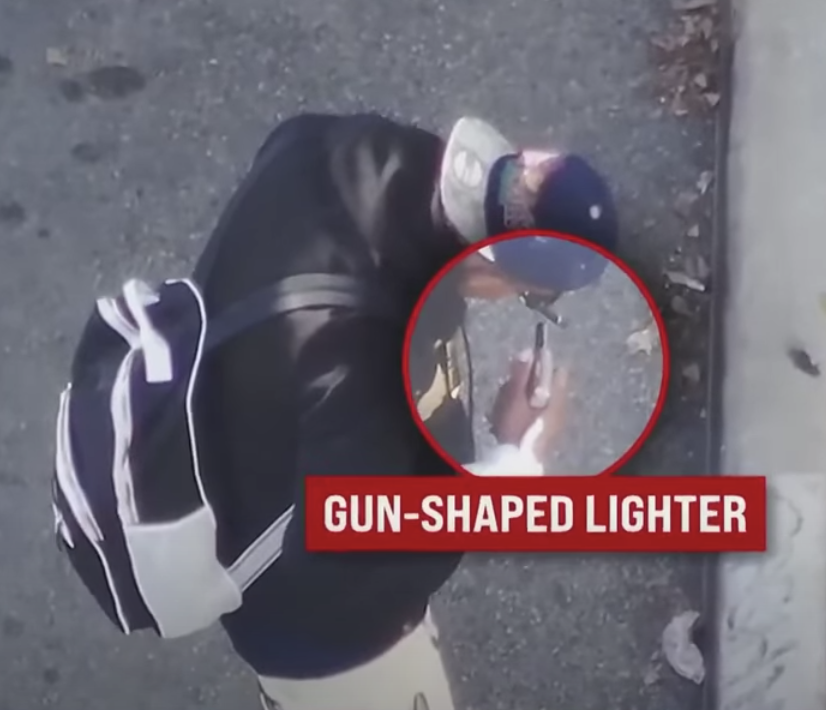
In another incident, a potential gun threat was seen to be far-less serious.
The DFR program—and its drone officer—has already proven its worth as a public-safety tool, and the Santa Monica Police Department is looking to increase staff and expand operations to seven days a week.

